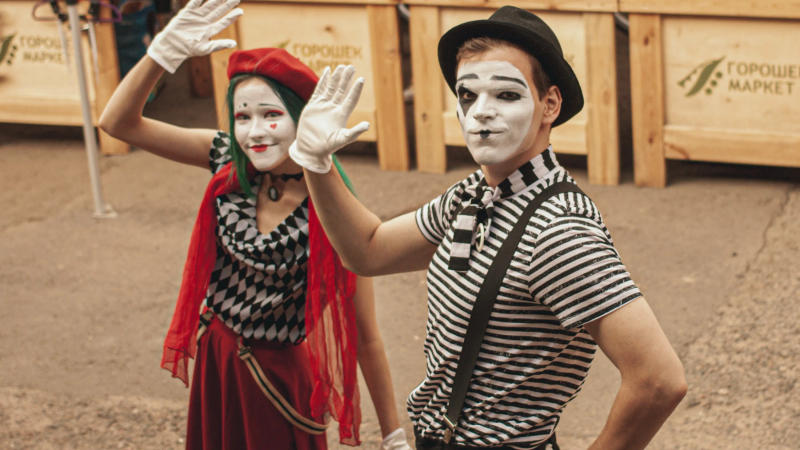Published 13:51 IST, December 27th 2023
The art of miming: Tracing its history and artistic evolution
As mime continues to shape and be shaped by the evolving artistic landscape, its legacy as a powerful and communicative art form remains firmly intact.

Representative image | Image:
Unsplash
- Listen to this article
- 2 min read
Advertisement
09:42 IST, December 27th 2023
